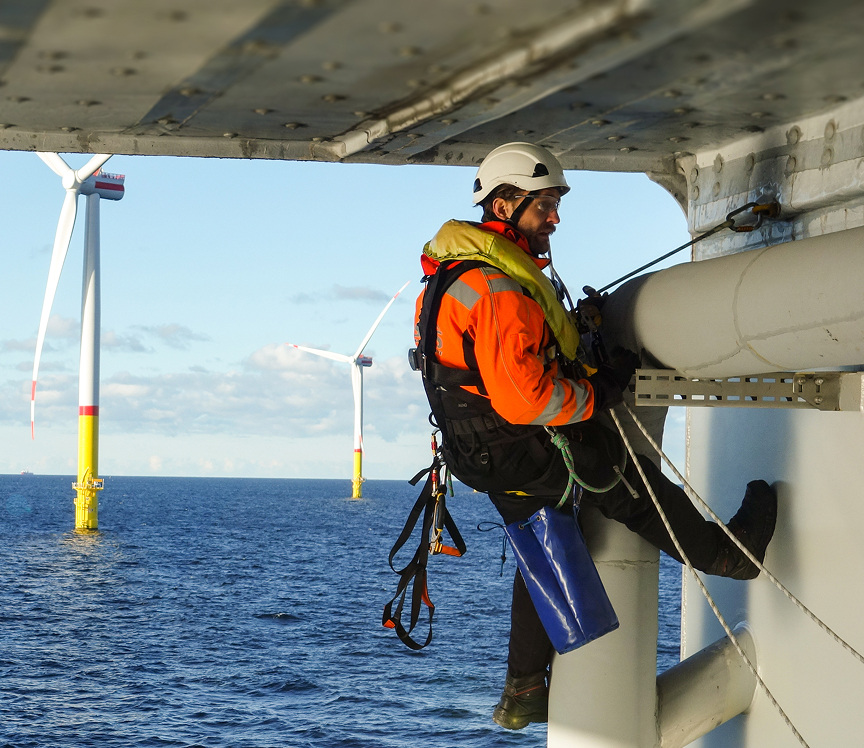Building teams for anew chapter in energy

A history of delivery
Petroplan is a global talent solutions partner, dedicated to supporting the energy industry by connecting specialist professionals with leading projects across oil and gas, renewables, and infrastructure. With over 45 years of experience, we provide tailored recruitment, contractor management, and workforce management that help clients deliver safely and efficiently. We combine industry expertise with a global network to deliver lasting value.
Talent Solutions for the Energy Sector
Contract Staffing
Flexible, cost-effective solutions for contract and project-based staffing needs.
Direct Hire
Source and recruit the talent your organization needs to grow.
Executive Search
From sourcing to offer for senior level openings.
Workforce Management
Onboarding, payroll, performance tracking and retention for your Contract teams.

Jobs at Petroplan
Working at Petroplan means being part of a professional, collaborative team that delivers real impact across the global energy sector. With access to international projects, structured career development, and strong leadership support, team members are empowered to build meaningful, successful careers in the industry.
